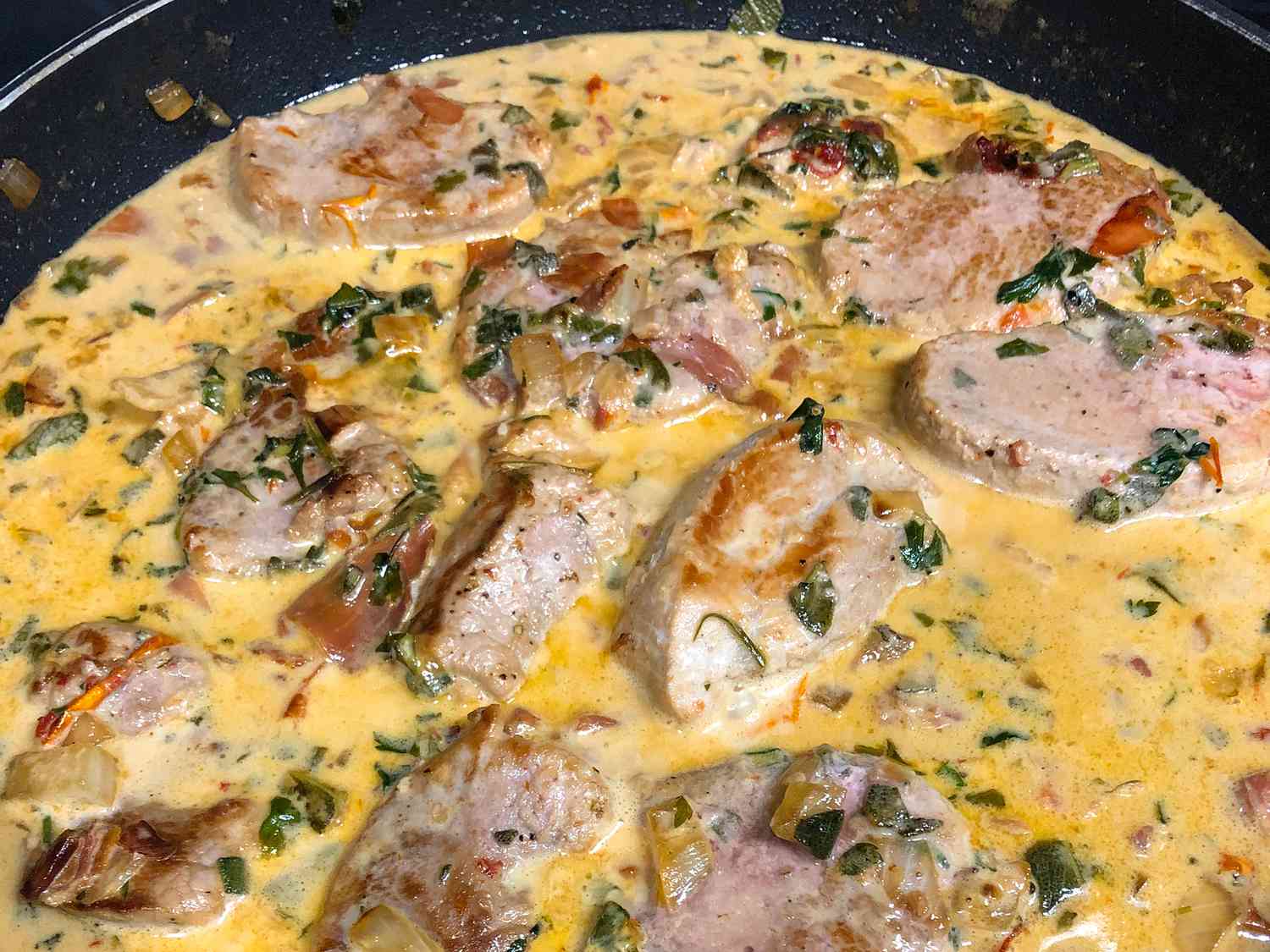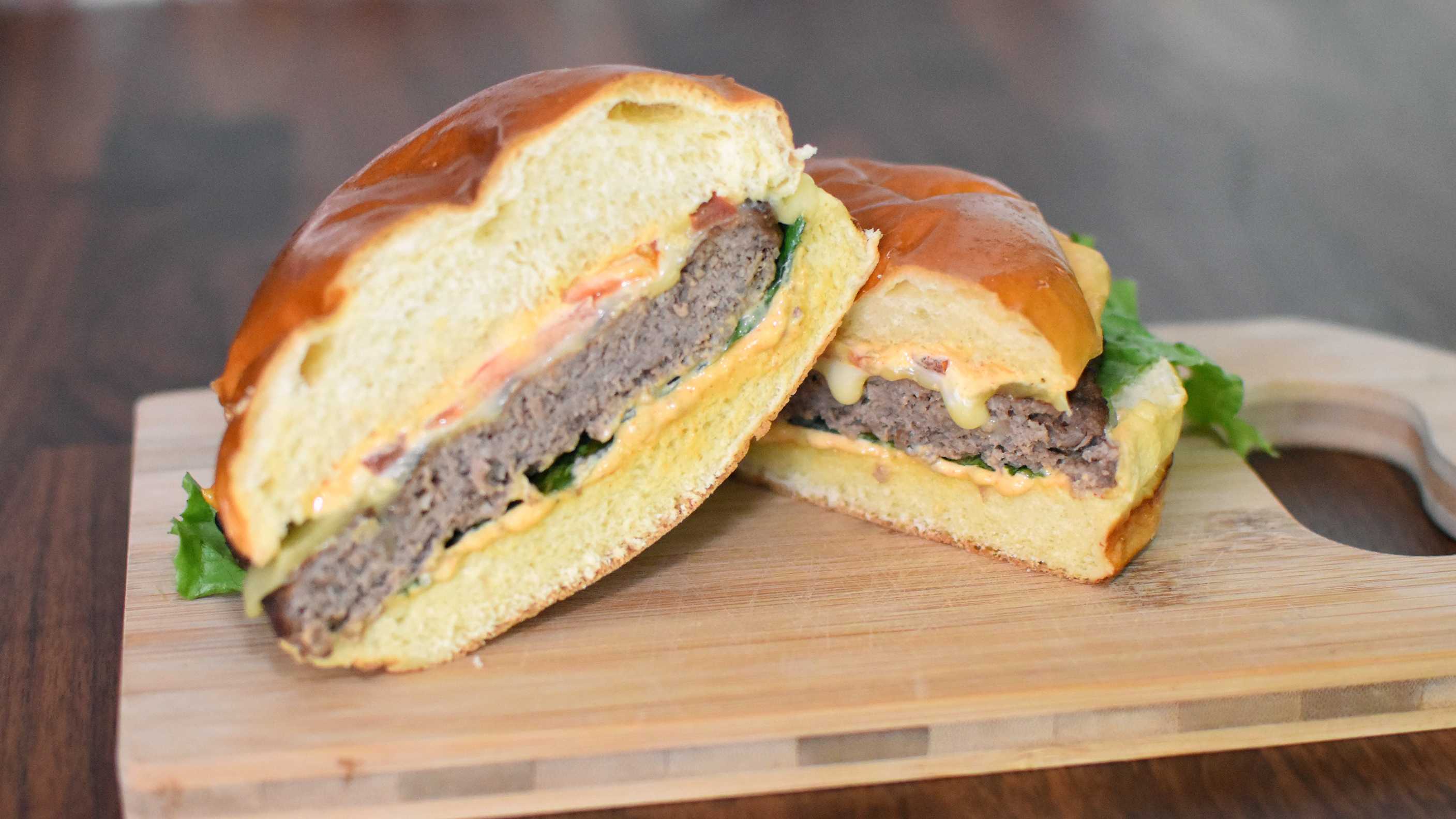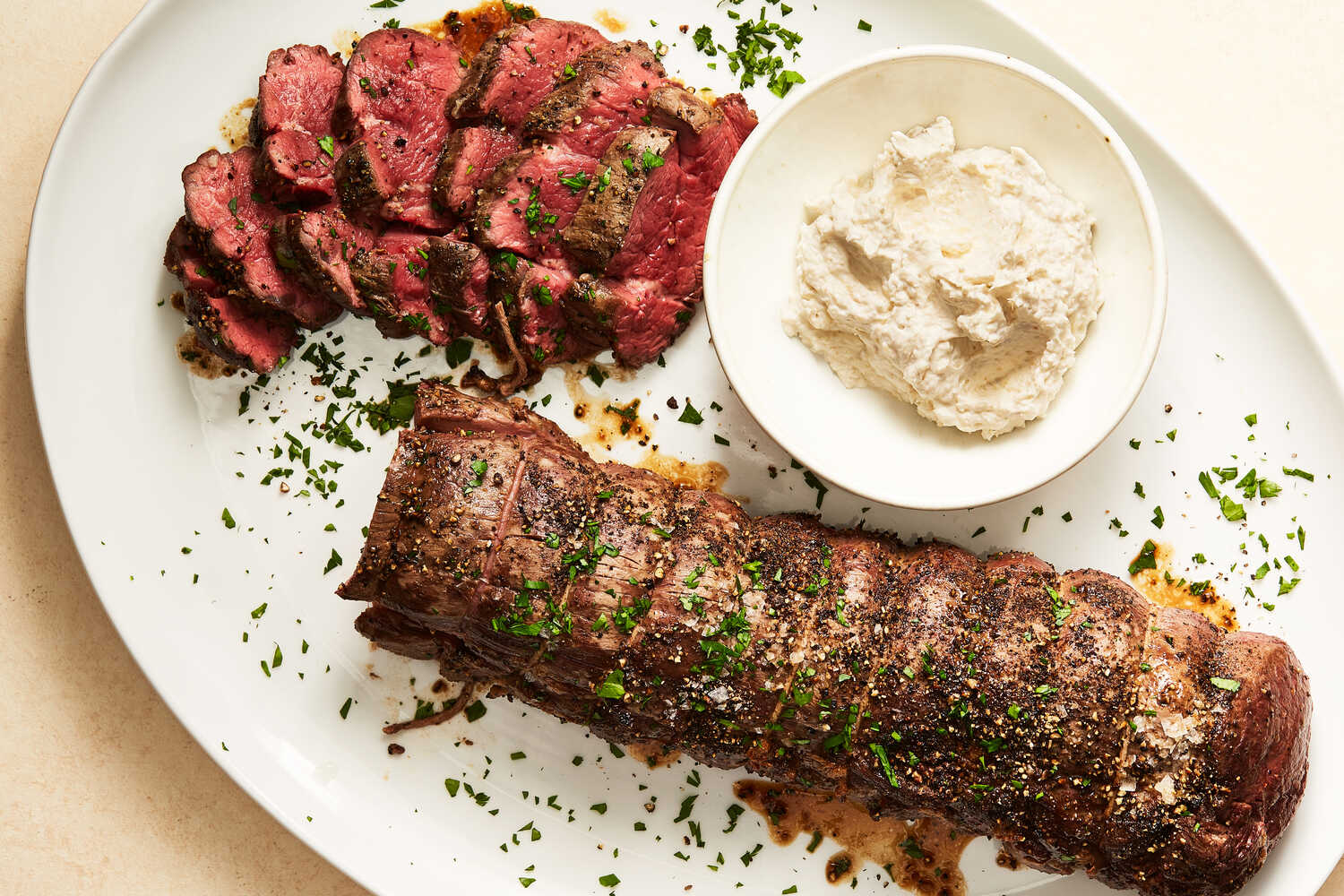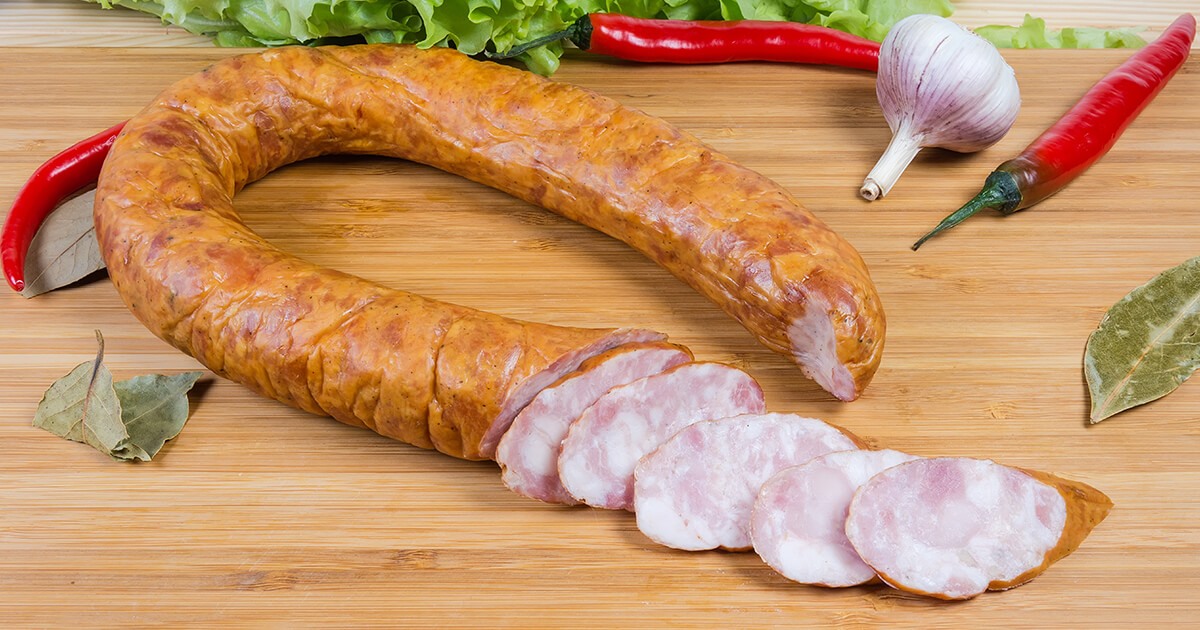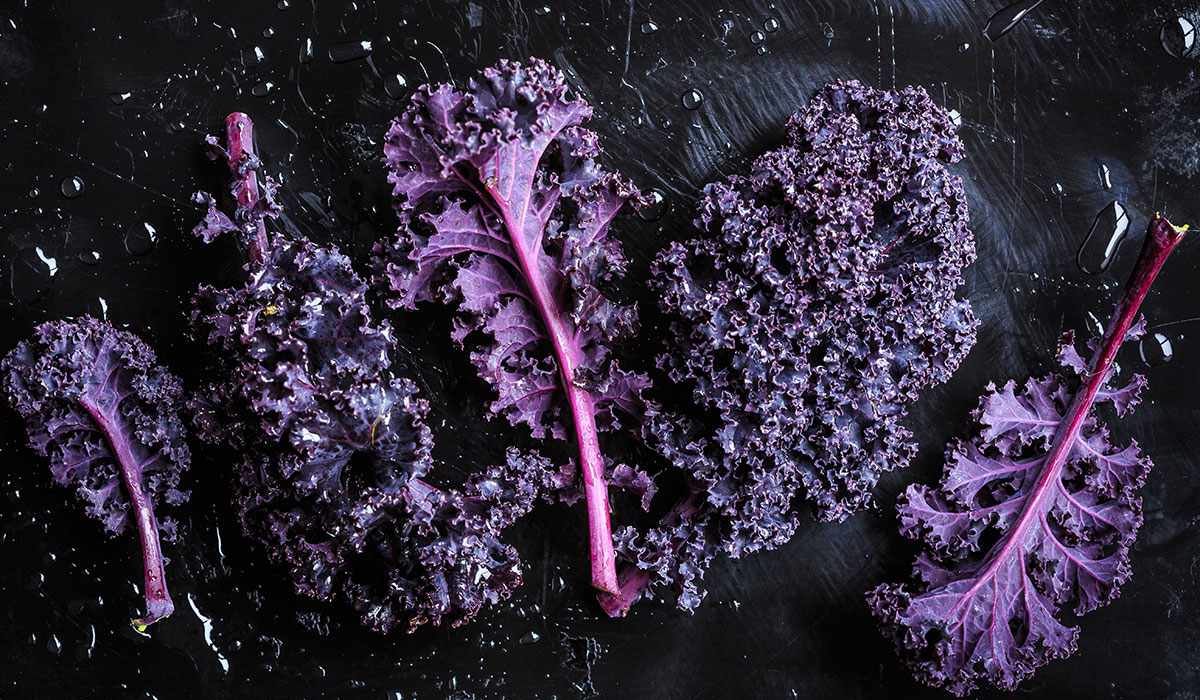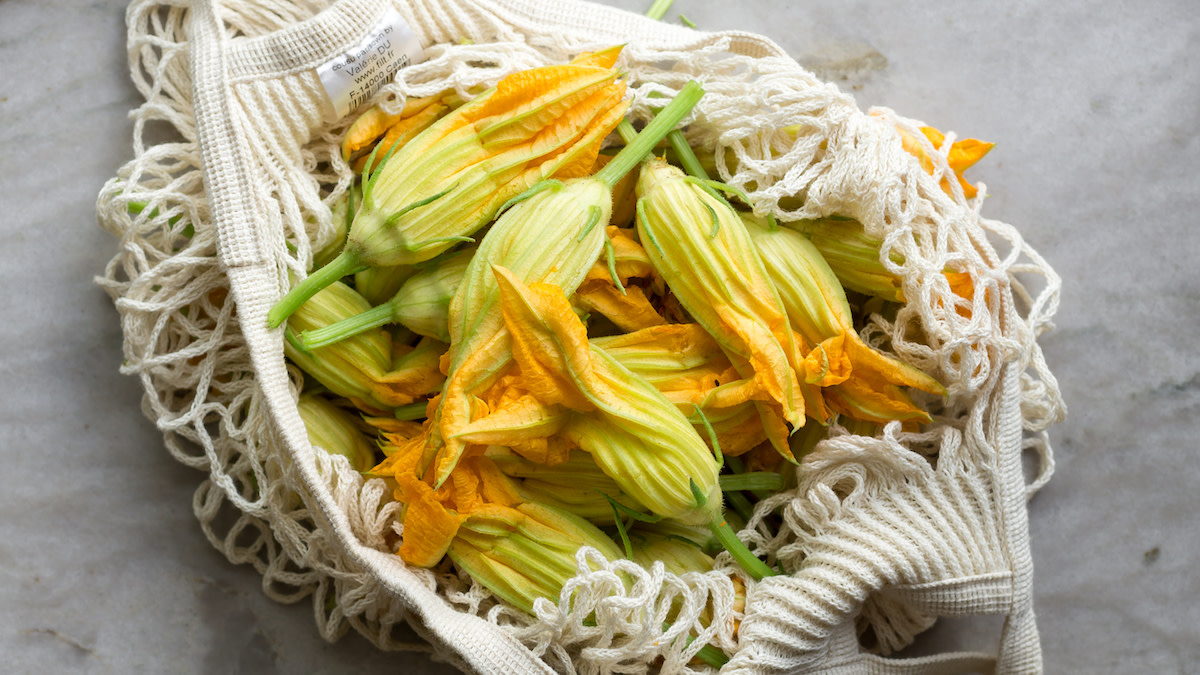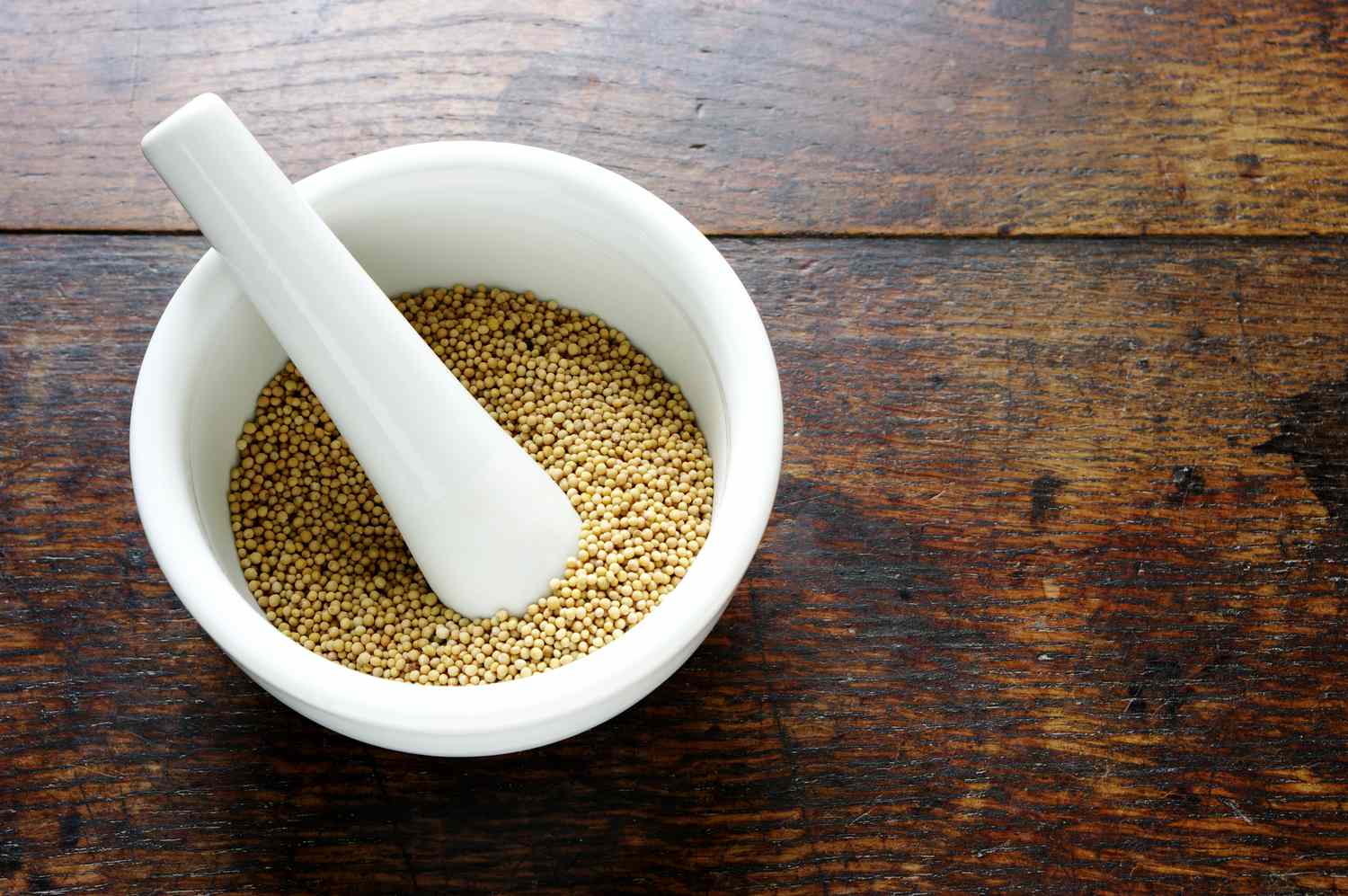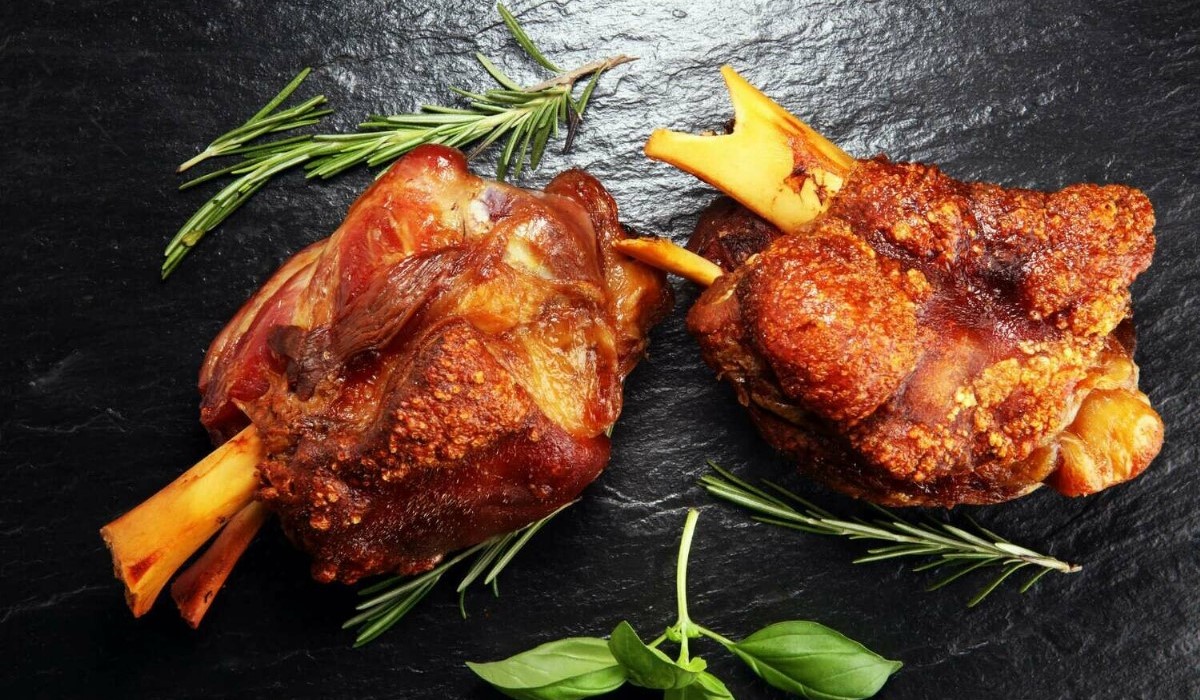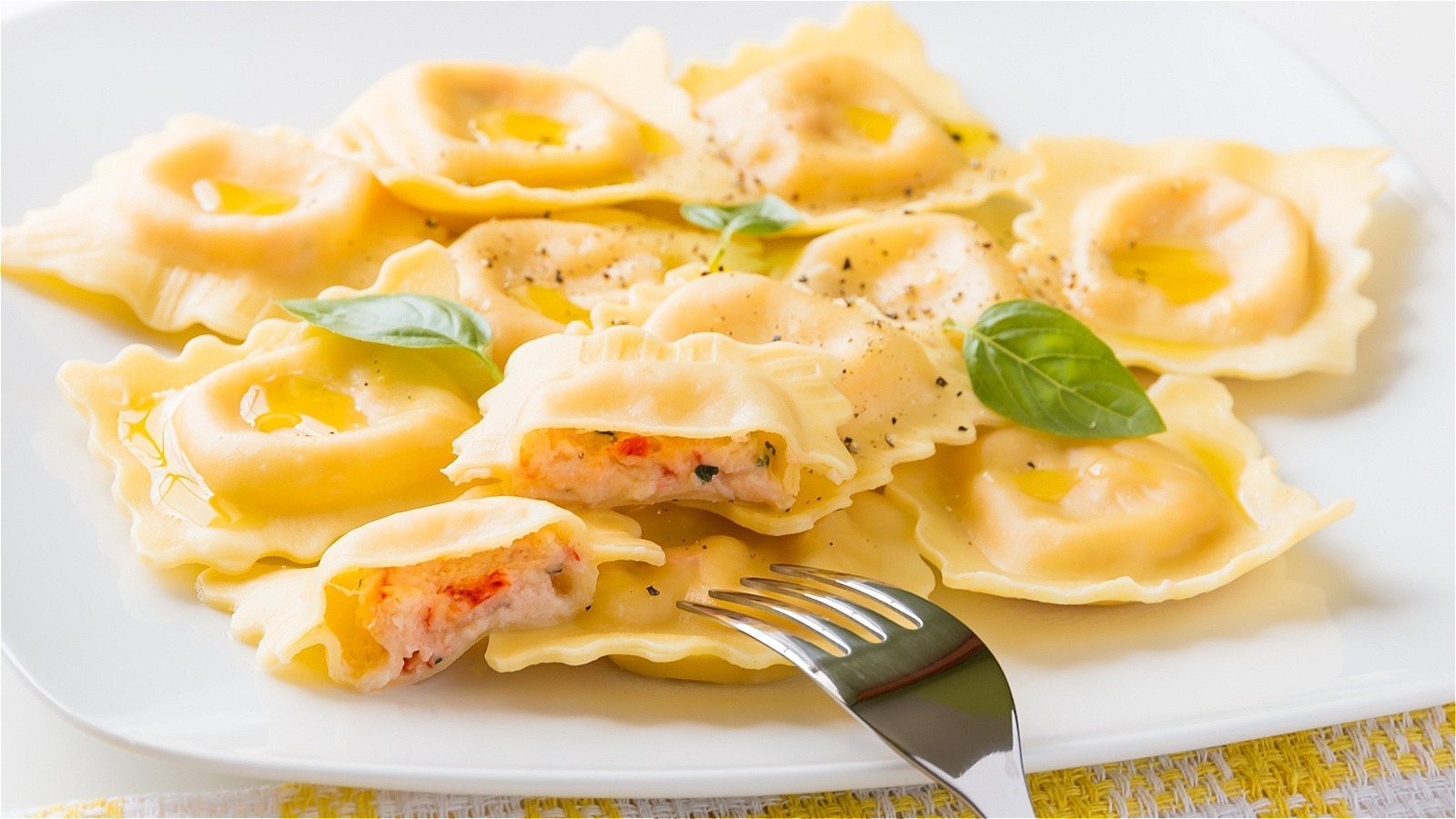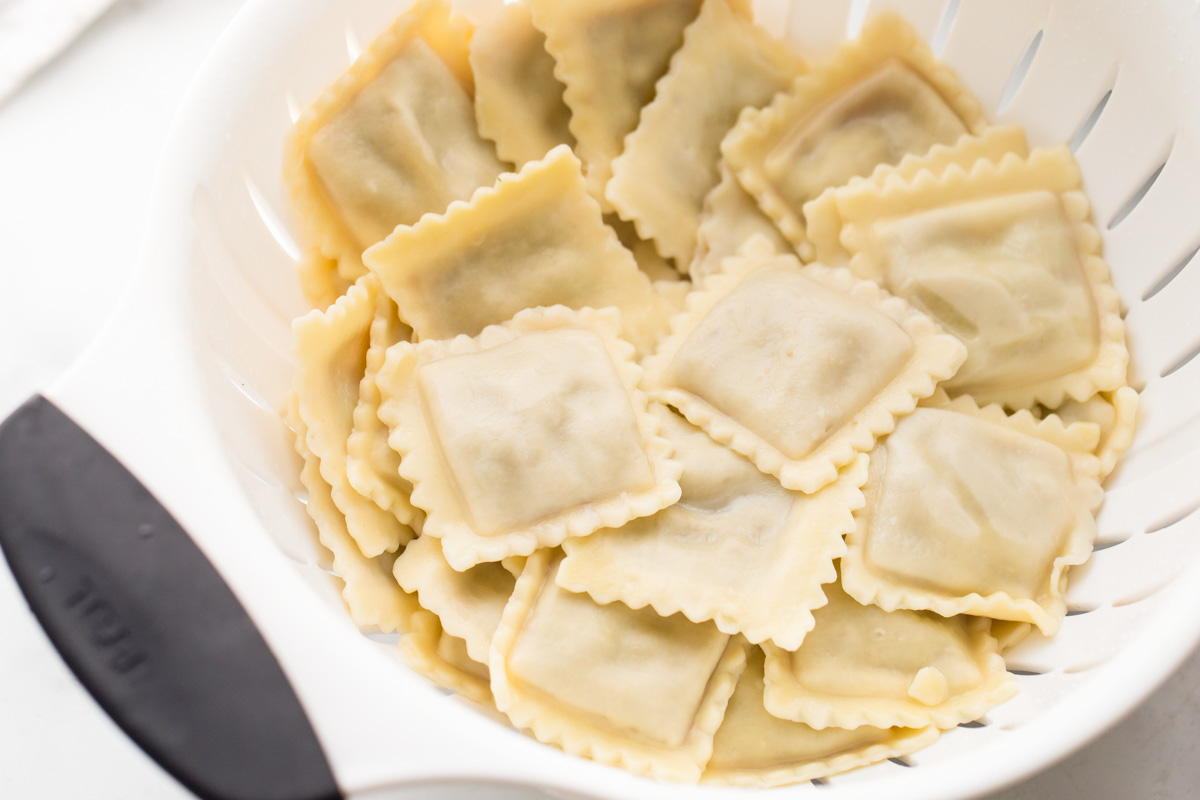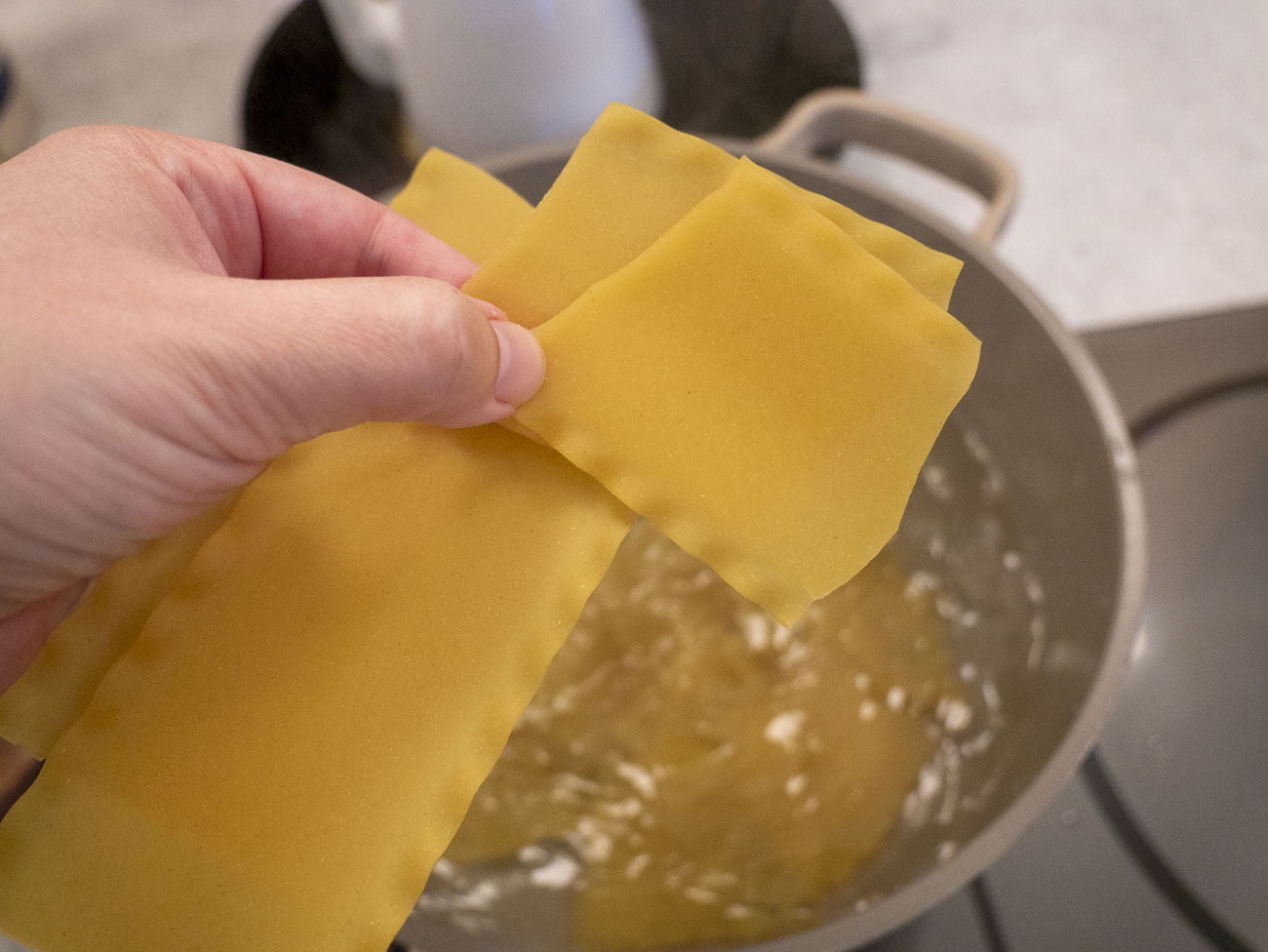How to Cook Scallops on Blackstone: A Delicious Seafood Delight
Scallops are a delectable seafood choice that can elevate any meal. Whether you want to impress your family and friends or simply indulge yourself, cooking scallops on a Blackstone griddle is a fantastic way to achieve a restaurant-quality dish right in the comfort of your own home.
Follow these simple steps to master the art of cooking scallops on a Blackstone griddle:
1. Gather Your Ingredients:
To create a scrumptious scallop dish, you will need the following:
- Fresh scallops – look for ones that are firm, translucent, and have a sweet aroma.
- Olive oil or clarified butter
- Salt and pepper
- Fresh herbs and spices of your choice for additional flavor
2. Preparing the Scallops:
Before cooking, ensure that your scallops are patted dry with a paper towel. Excess moisture can prevent a proper sear.
3. Preheating the Blackstone Griddle:
Turn on your Blackstone griddle and preheat it to medium-high heat. It’s essential to achieve the right temperature to achieve a gorgeous crust on your scallops.
4. Oil it up:
Apply a thin layer of olive oil or clarified butter to the hot griddle surface. This will prevent the scallops from sticking and aid in achieving a delicious sear.
5. Seasoning:
Season the scallops generously with salt and pepper. This simple seasoning will enhance the natural flavors of the scallops.
6. Searing the Scallops:
Carefully place the seasoned scallops on the preheated griddle, making sure they are not overcrowded. Give them enough space to cook evenly and achieve a beautiful golden crust.
7. Timing:
Let the scallops cook on one side without disturbing them for about 2-3 minutes. You’ll know it’s time to flip when the bottom is nicely browned and easily releases from the griddle.
8. Flipping and Cooking:
Gently flip the scallops using tongs or a spatula. Cook for an additional 2-3 minutes on the other side until they are opaque and cooked through. Make sure not to overcook the scallops as they can become chewy.
9. Adding Extra Flavor:
If you desire additional flavor, you can add fresh herbs such as thyme or a sprinkle of your favorite spices during the cooking process. The Blackstone griddle will help infuse these flavors into the scallops, enhancing their taste.
10. Serve and Enjoy:
Once the scallops are cooked to perfection, remove them from the griddle and serve immediately. Garnish with a squeeze of lemon juice for a zesty touch.
Scallops cooked on a Blackstone griddle offer a delightful combination of crispy seared exterior and tender, juicy interior. Their natural sweetness shines through, making them a truly irresistible treat.
So, gather your ingredients, preheat your Blackstone griddle, and embark on a culinary adventure with scallops. Your taste buds will thank you!
More Delicious Scallop Recipes to Try on Your Blackstone Griddle
Once you've mastered cooking scallops on your Blackstone, the culinary possibilities are endless. For those eager to experiment with flavors, the Seared Scallops with Garlic Lemon Butter Recipe is a perfect starting point, offering a classic taste that highlights the scallops' natural sweetness. Adventurous cooks might gravitate towards the Spicy Scallops with Mango Avocado Salsa Recipe, which provides a vibrant, tangy contrast to the seafood's delicate flavor. For a more robust meal, the Griddle Scallops with Creamy Risotto Recipe is highly recommended, blending the creamy, comforting texture of risotto with the refined touch of seared scallops. Each recipe utilizes the Blackstone griddle's capabilities to enhance the scallops' flavor, making them must-tries for any seafood enthusiast.
Was this page helpful?
Read Next: How To Cook With Cinnamon Sticks
